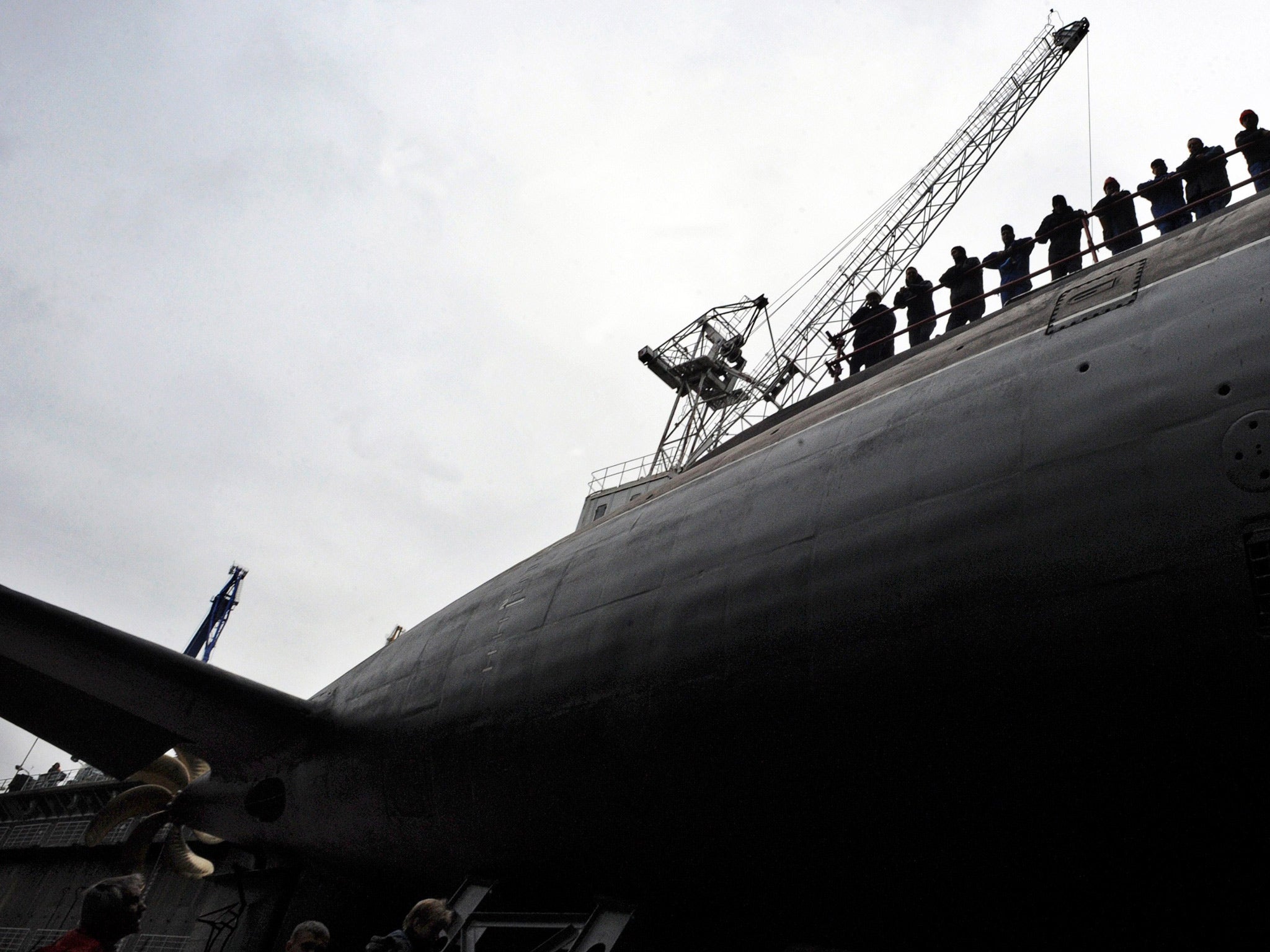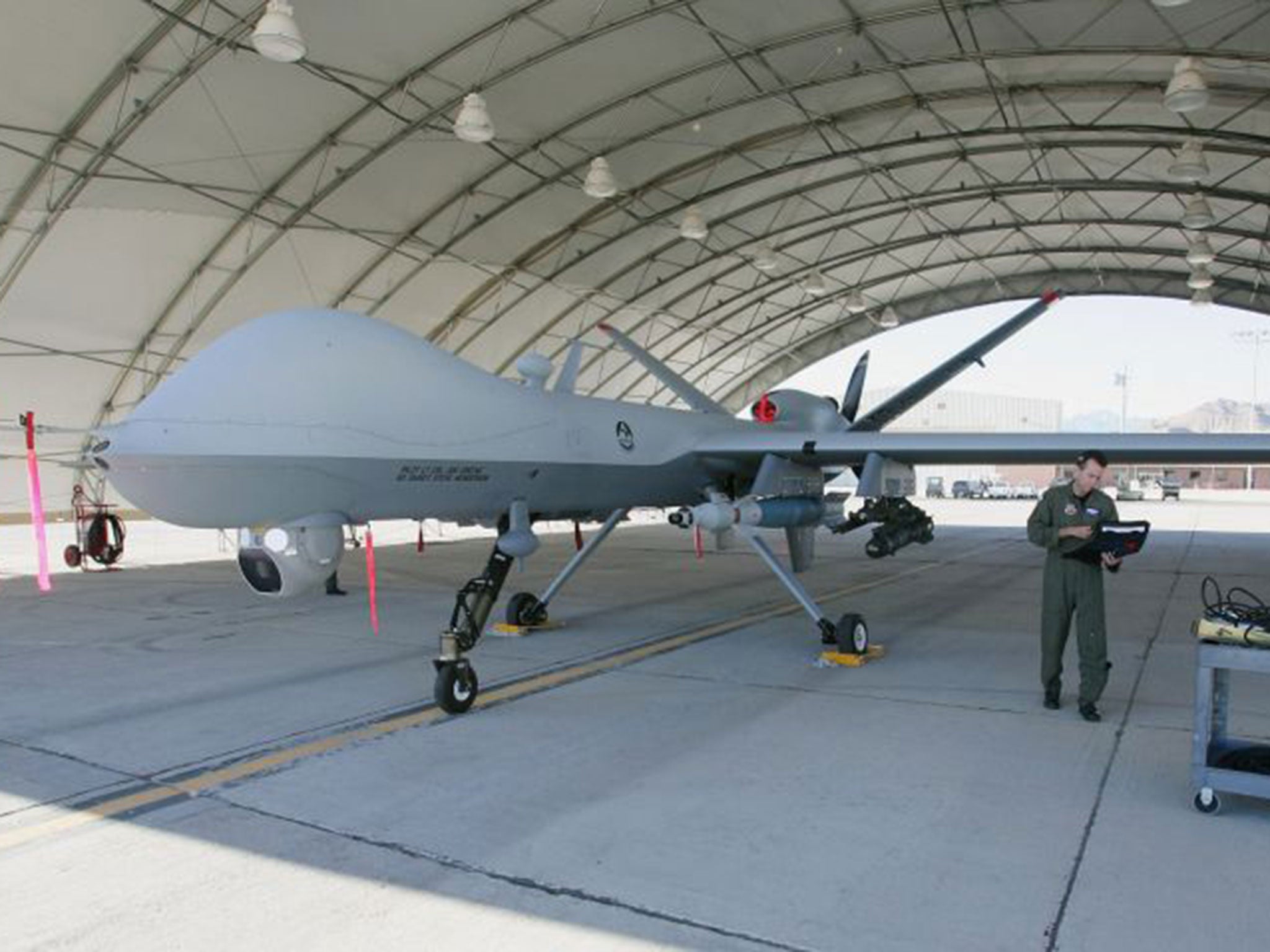As Russia unveils nuclear subs with underwater drones and robots, the stealth race heats up: governments pour cash into secret armies
World’s military giants are no longer spending money on spectacular armies, but invisible ones

Russia, apparently not wanting to be overshadowed by yesterday’s announcement that China has built a long-range heat ray weapon, has revealed plans for its nuclear submarines — including on-board battle robots and underwater drones.
Through small, unmanned drones in the air, to the invisible pain gun like that made by China, the race in military tech is to create weapons that can go mostly unnoticed, while at the same time managing for control on the battlefield and during civil unrest.
Russia’s new submarine takes that battle underwater, too.
The country’s new fifth generation submarines could feature drones that can be released by submarines and stay still, while the ship itself moves away. That would allow the submarine to evade anyone watching by giving the impression it has stayed in place, while only the drone has done so.
“They’ll be released by the submarine and stay offline before being remotely activated on command,” Nikolay Novoselov, deputy CEO of the Malakhit design engineering bureau told news service RIA-Novosti, according to Russia Today. “It will give the submarine time to leave the area, with the drone staying in place to maintain a semblance that the submarine is still there,” he said.

The fifth generation subs will carry huge torpedoes, as well as cruise missiles and anti-ship missiles.
The submarines will feature a relatively small crew because it is so highly-automated, according to RT. They will have a submerged displacement of 13,800 tons and can travel up to 30 knots.
The submarine is the latest piece of terrifying, high-tech kit to be unveiled by one of the world’s great powers. China’s long-range heat ray — which can cause searing pain by heating up water molecules under the skin, but is invisible to anyone else around, and is similar to technology that the US and Russia already have — America revealed a laser mounted gun that can disable or destroy targets last week.
The US Navy Laser Weapon, deployed on the USS Ponce, can shoot down small drones and hit targets on fast attack boats. It uses eat energy from lasers to incinerate drones and other targets.
And America’s army of drones, which patrol and attack targets including those in the Middle East, are barely acknowledged by the country’s government, let alone promoted.
Science fiction has long imagined that the armies of the future would get bigger and scarier — as in the huge drone armies of Star Wars and other films. But technological advances and increased spending in fact appear to be making them smaller and harder to see, and the invisible army patrolling and attacking land, sea and air might in fact be much more powerful than any of the spectacular forces imagined in fiction.
Join our commenting forum
Join thought-provoking conversations, follow other Independent readers and see their replies
Comments